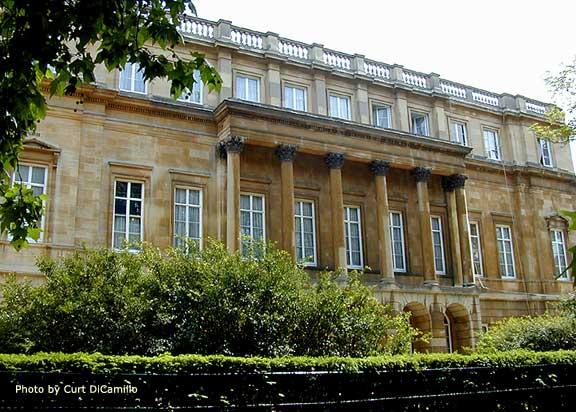
The house from Green Park
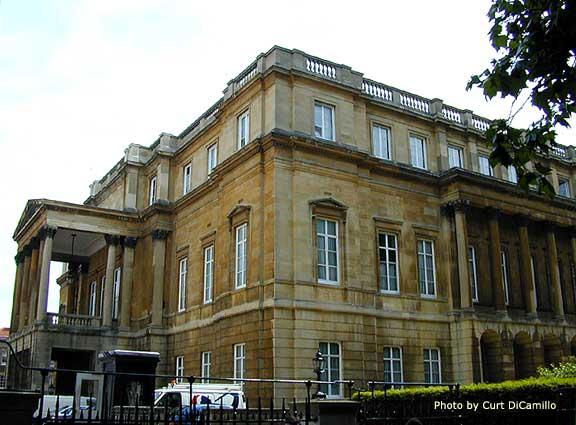
The house from Green Park
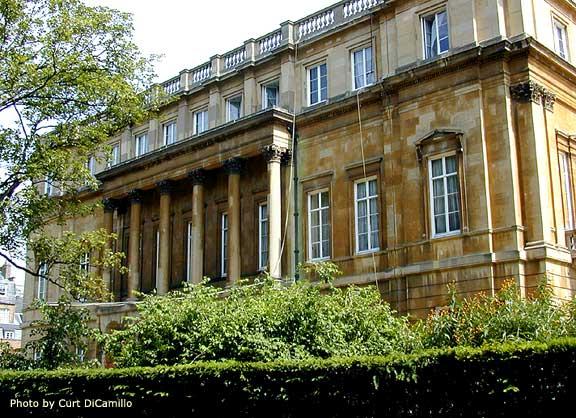
The house from Green Park
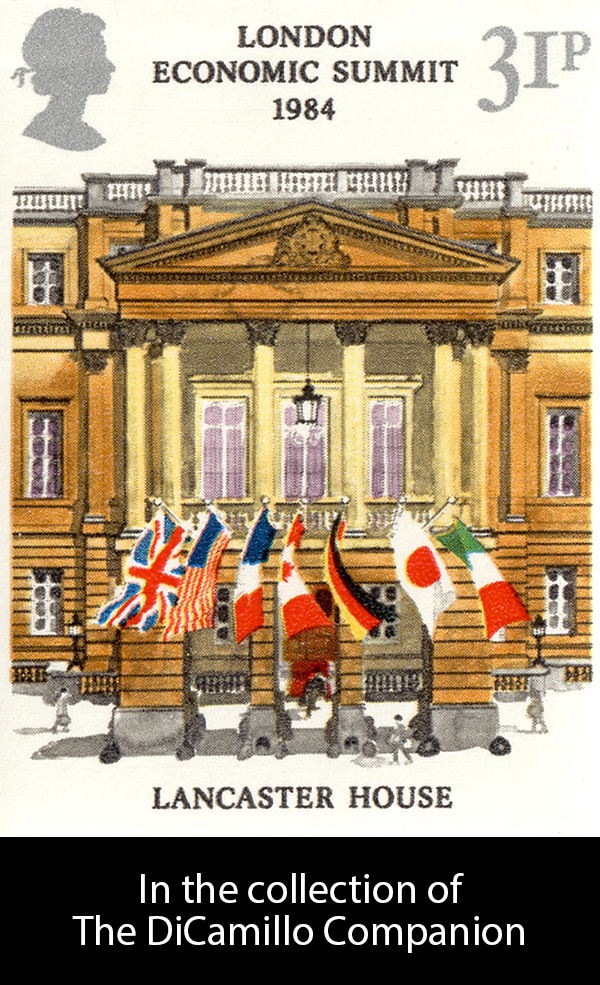
A 31 pence stamp that commemorates the 1984 London Economic Summit Conference held at Lancaster House
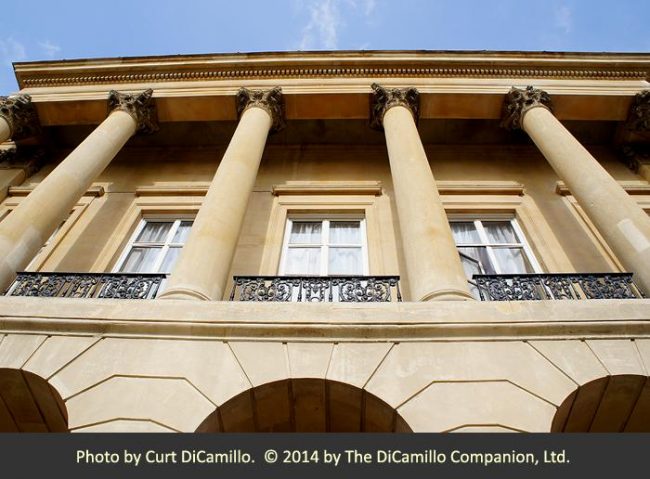
The garden facade
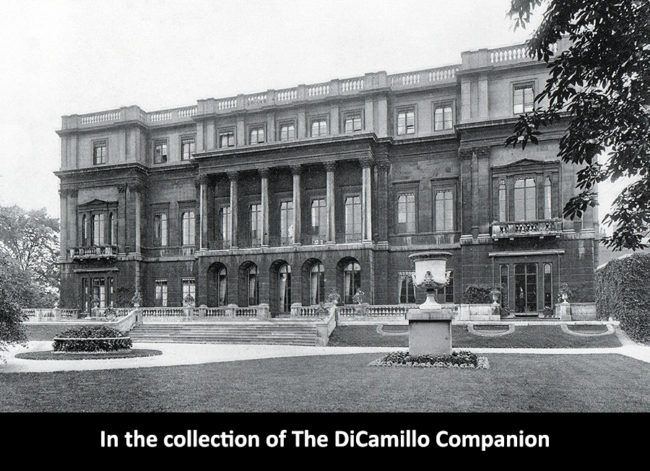
An 1896 photo of the garden facade from "Round London"
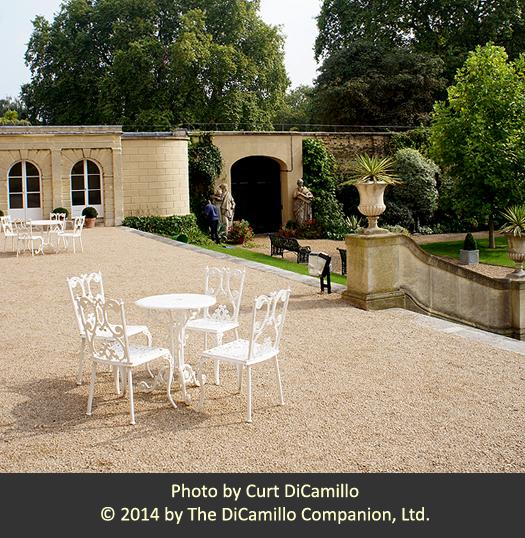
The Garden Terrace
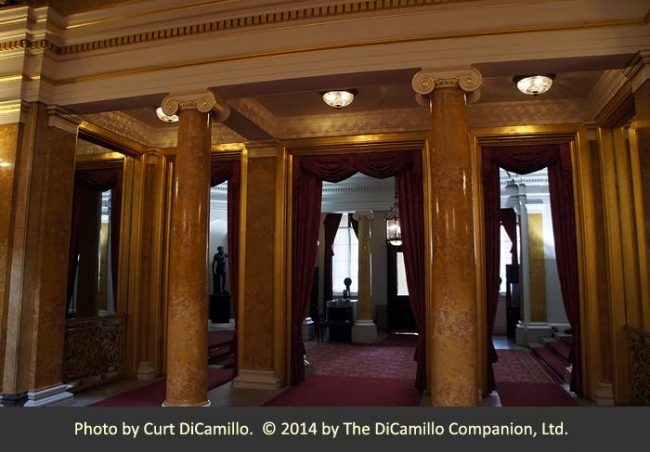
The entrance hall
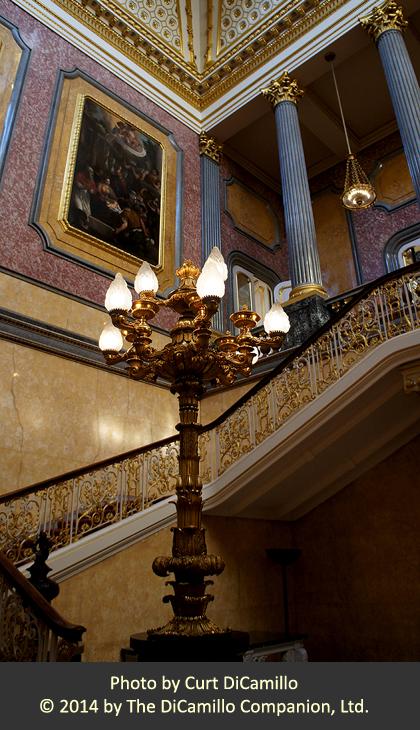
The Great Hall
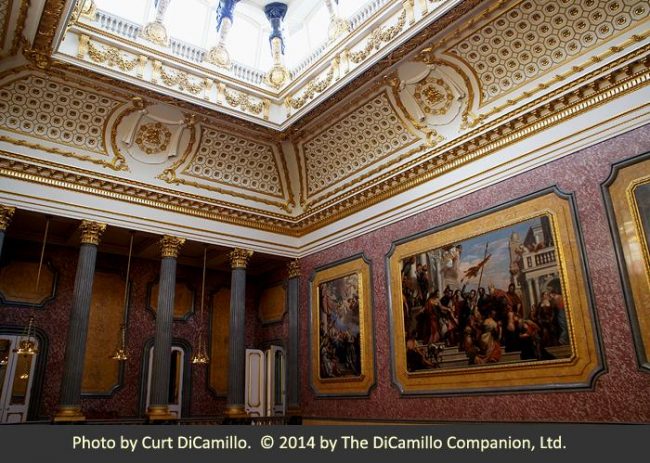
The Great Hall
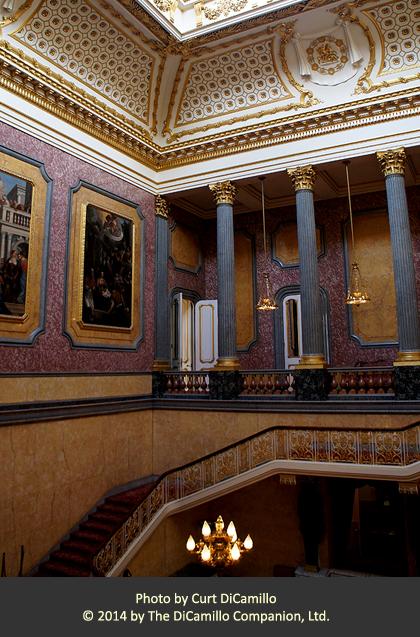
The Great Hall
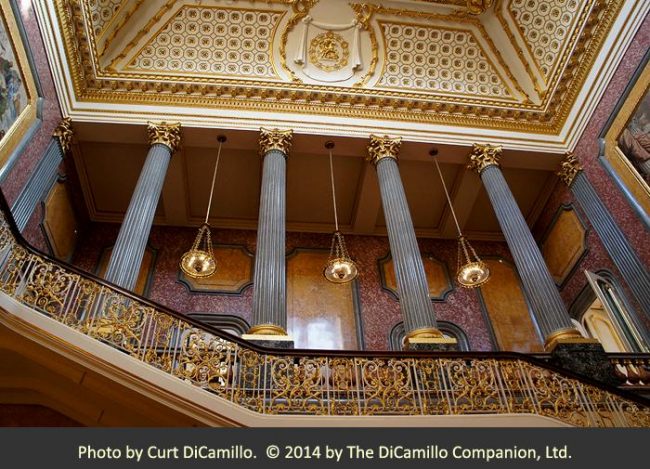
The Great Hall
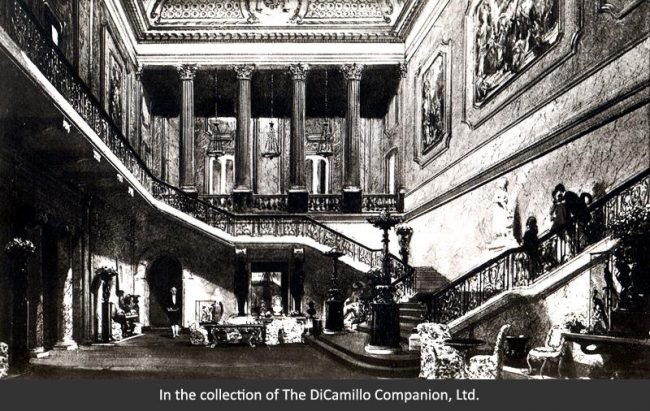
An early 20th century postcard of the 1850 watercolor by Joseph Nash of the Great Hall
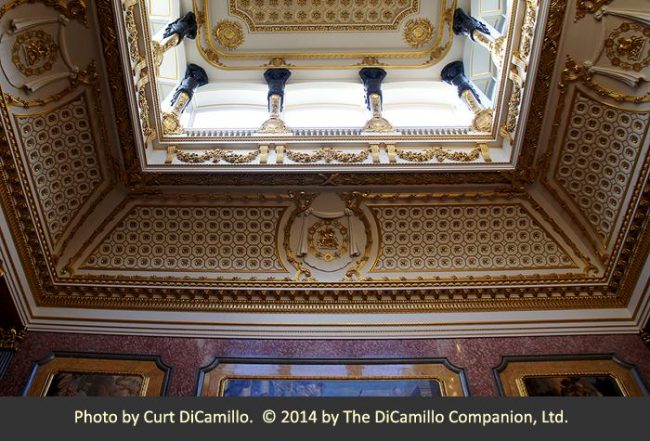
The Great Hall plasterwork and lantern
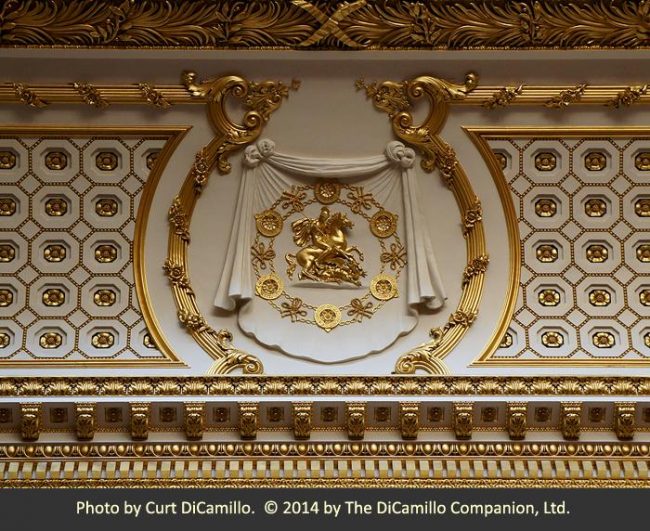
Great Hall plasterwork with St. George slaying the dragon in the medallion
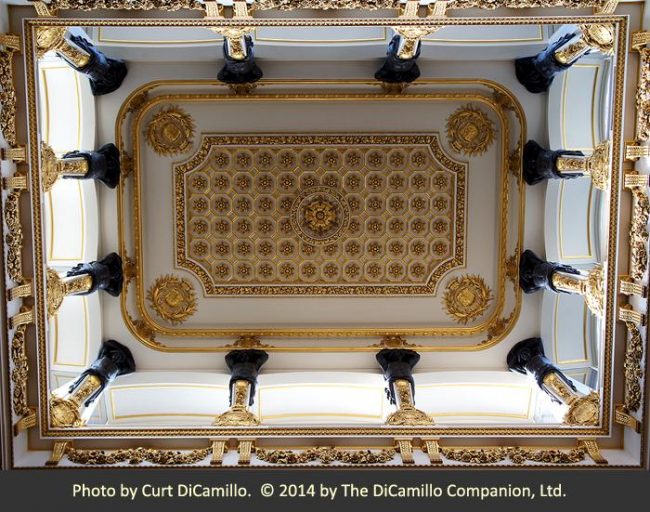
The Great Hall lantern
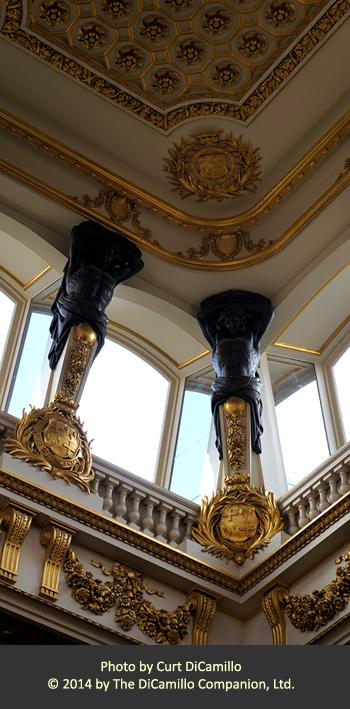
Detail of the Great Hall lantern
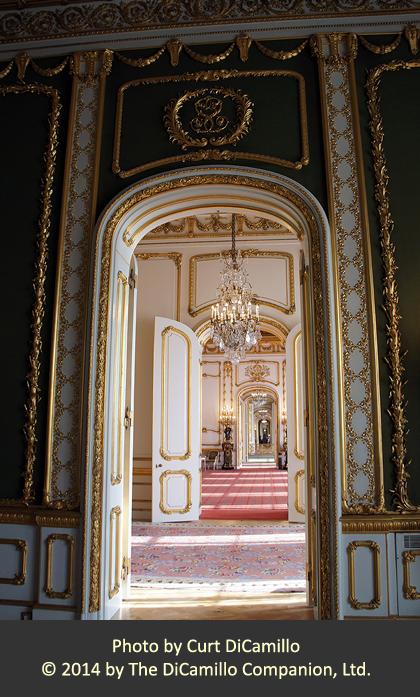
Enfilade from the Green Velvet Room
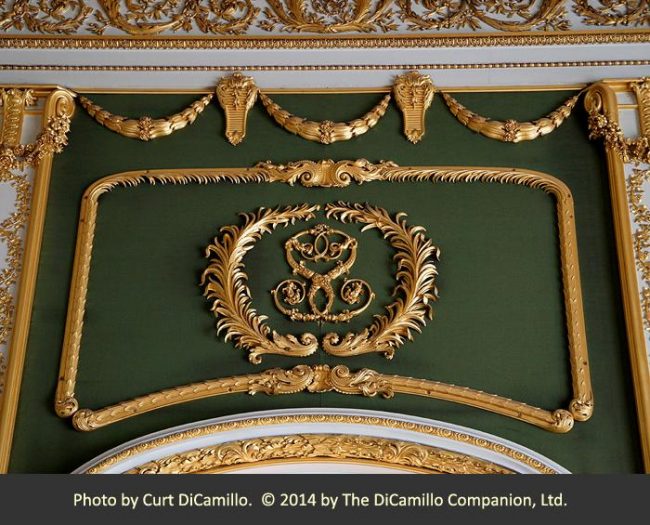
Plasterwork in the Green Velvet Room
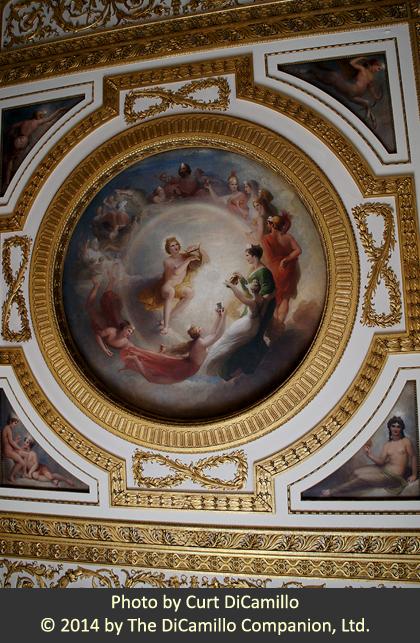
Green Velvet Room ceiling
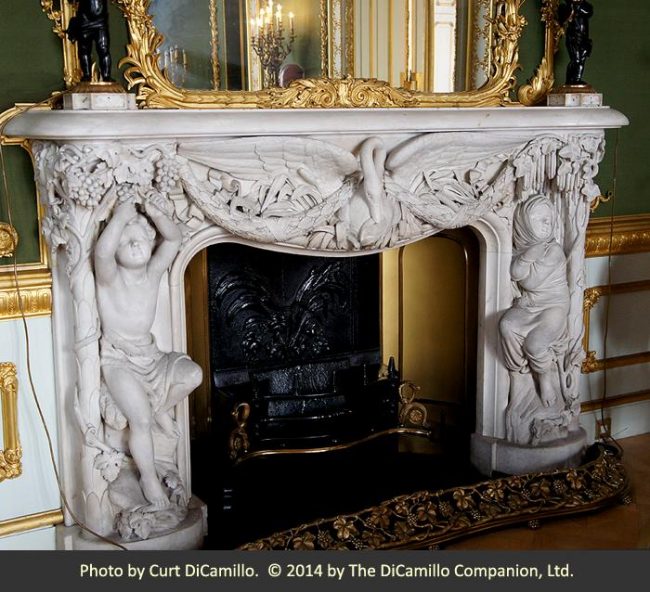
Green Velvet Room fireplace
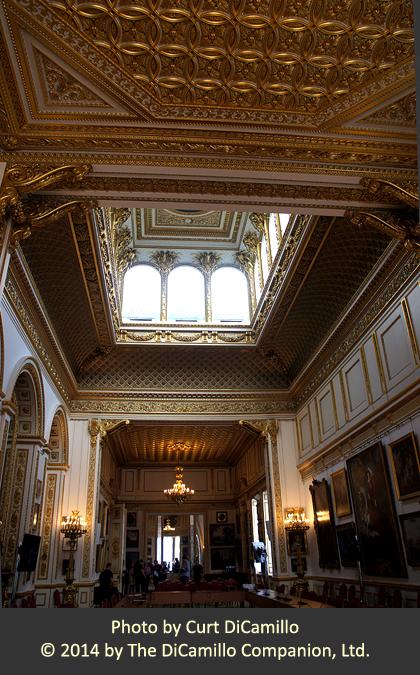
The picture gallery
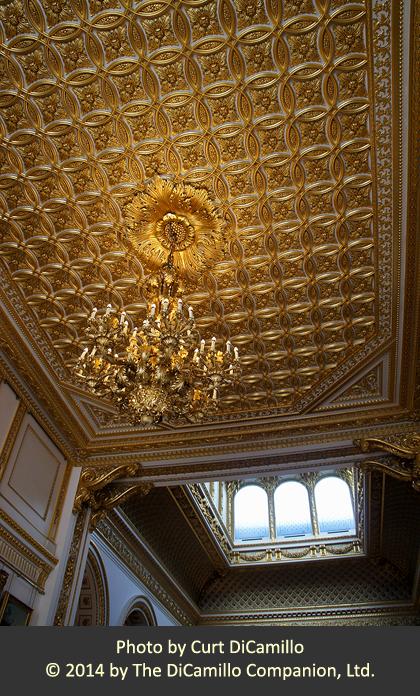
Picture gallery ceiling and lantern
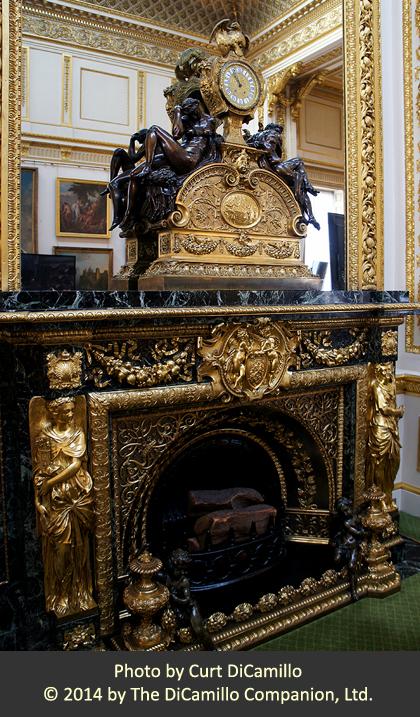
Picture gallery fireplace
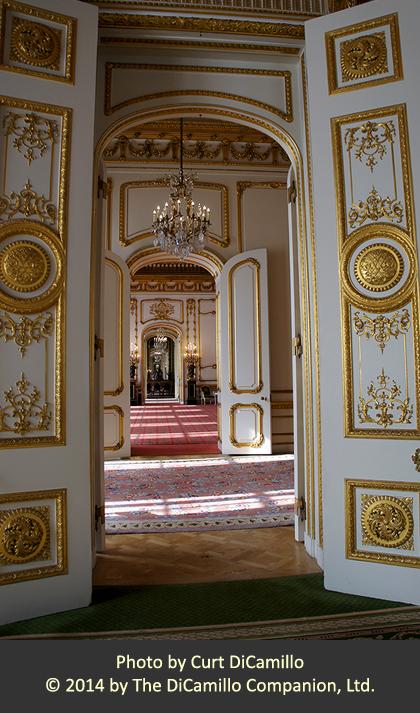
Enfilade from the picture gallery
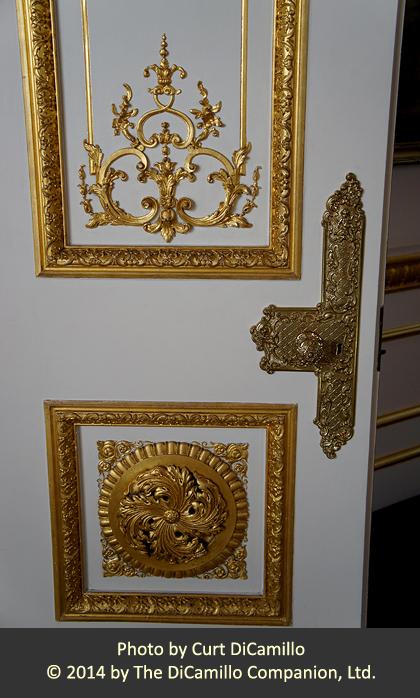
Picture gallery door
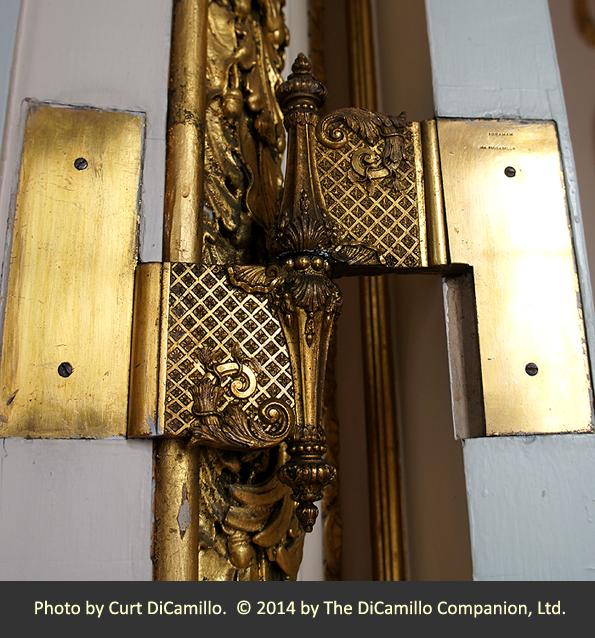
Door hinge on a picture gallery door
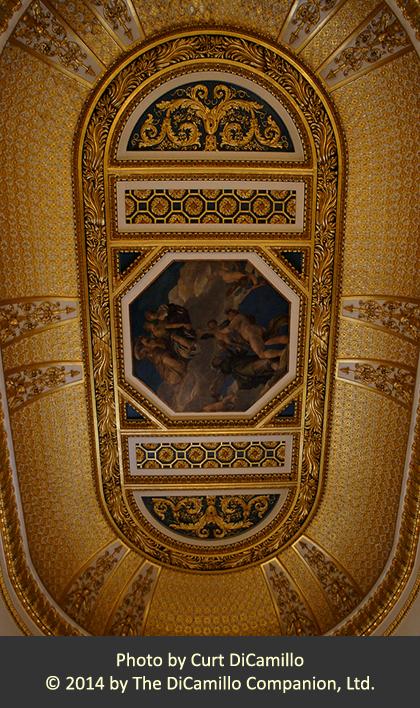
North-East Ante Room ceiling
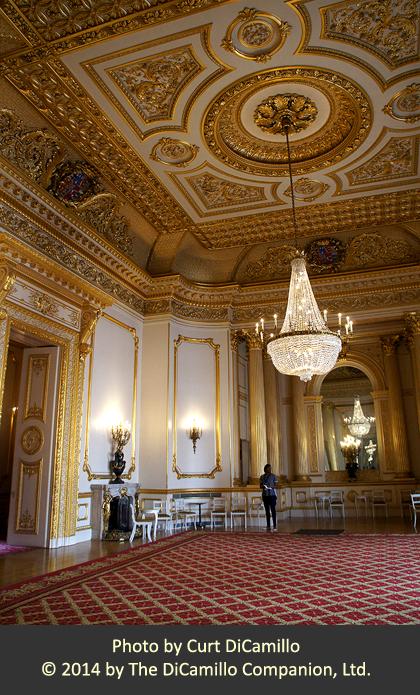
The State Dining Room
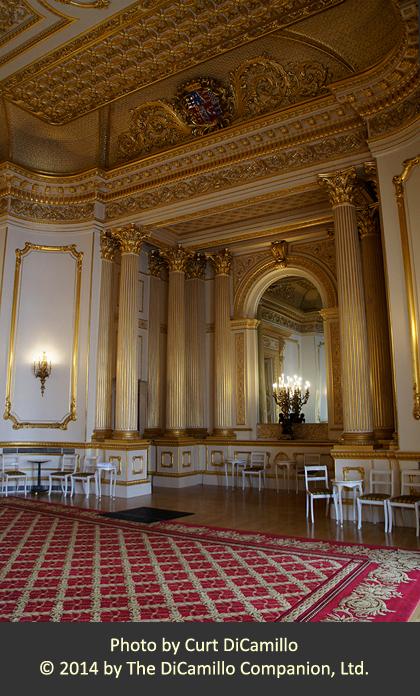
The State Dining Room
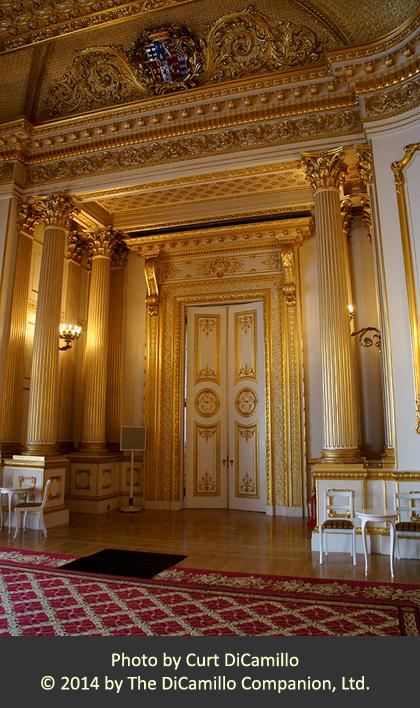
The State Dining Room
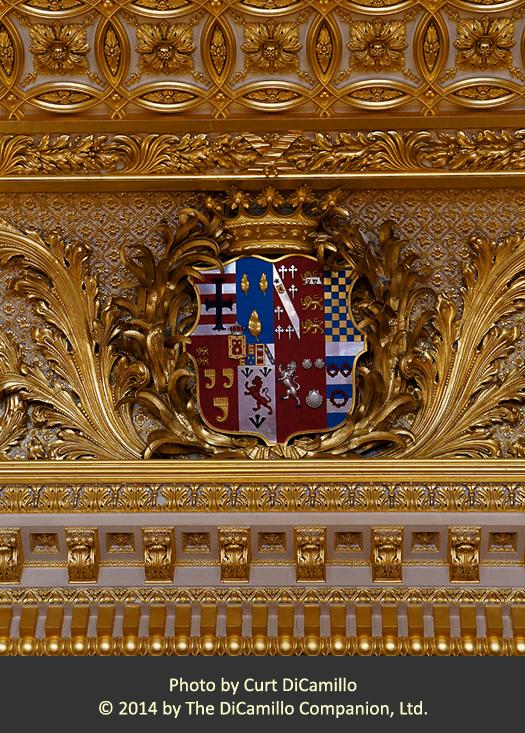
Arms of the Dukes of Sutherland in the plasterwork in the State Dining Room
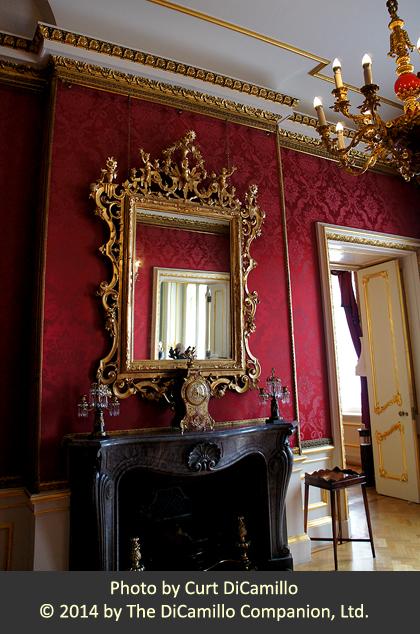
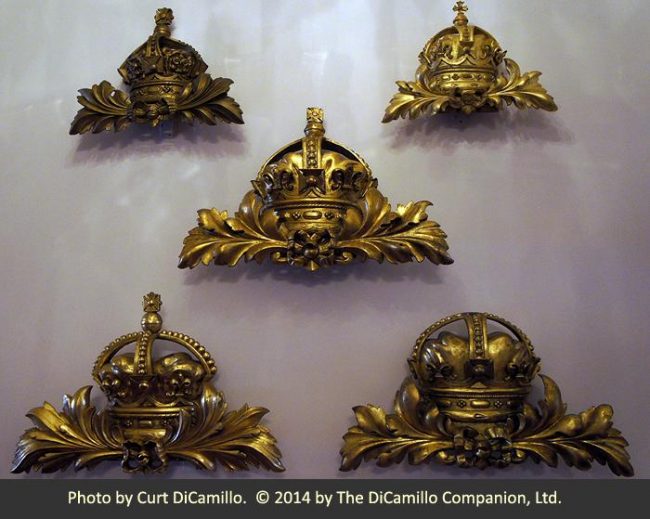
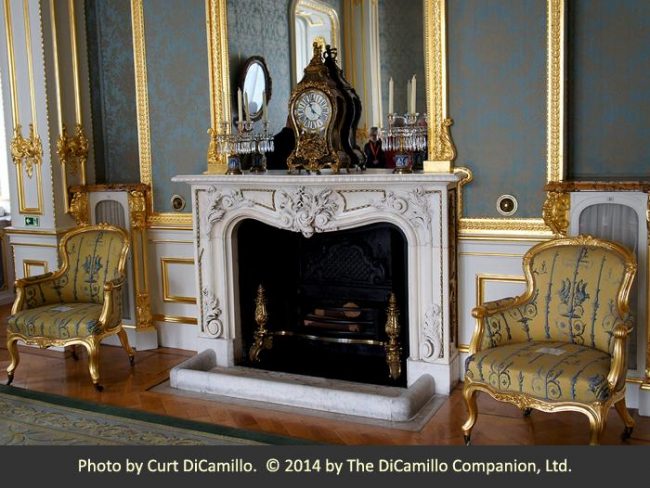
The Green Library
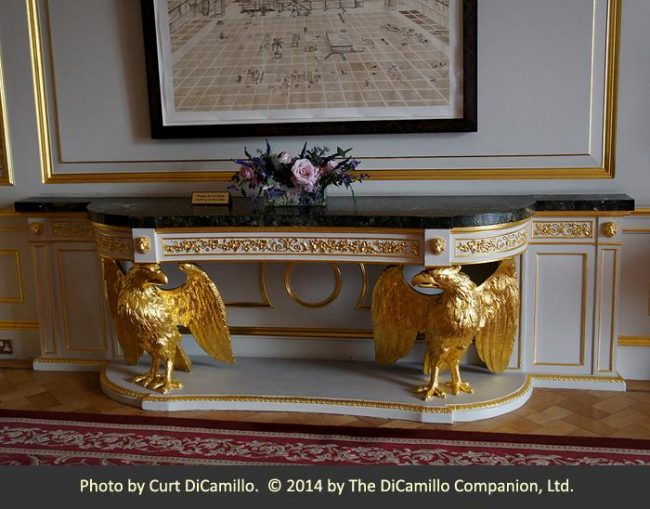
Eagle sideboard in the dining room
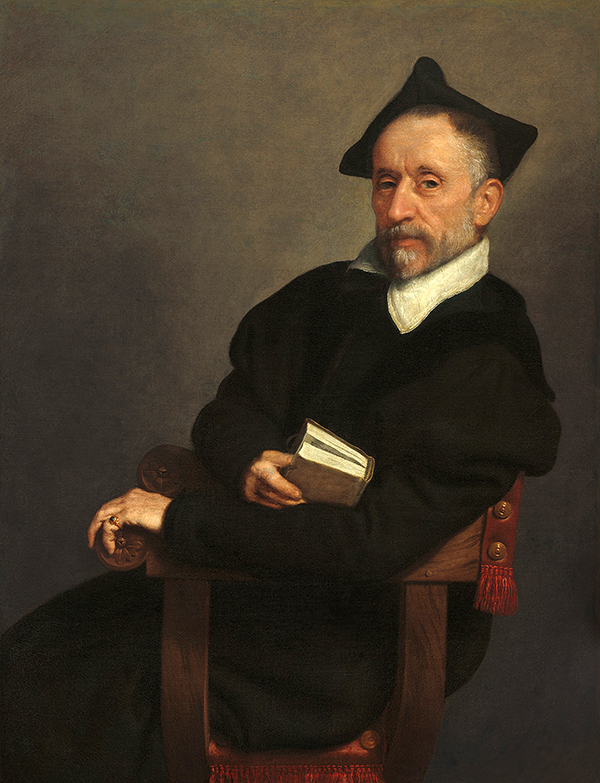
Giovanni Battista Moroni, "Titian's Schoolmaster," circa 1575. Widener Collection, National Gallery of Art, Washington. This image is in the public domain.
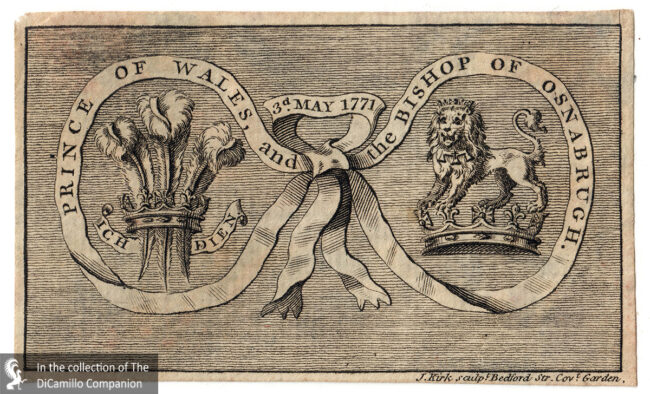
A 1771 engraved joint bookplate of the Prince of Wales (later George IV) and his brother, Frederick, Bishop of Osnabrugh, later Duke of York.
Built / Designed For: Frederick, Duke of York
House & Family History: Lancaster House was originally called York House and was designed for Frederick, Duke of York (the "Grand Old Duke of York," younger brother of King George IV and son of George III), who died before paying for it. This was the third house by this name: Frederick had started out with Fetherstonhaugh House in Whitehall (today Dover House, home of the Scotland Office), and then moved to Melbourne House, Piccadilly, both of which he renamed York House. Lancaster House is built of Bath stone and is one of the largest and most sumptuous townhouses in London. After the death of the Duke of York the leasehold (the freehold being owned by the crown) was sold to the Marquess of Stafford (later 1st Duke of Sutherland), who completed its building in 1840 and renamed it Stafford House. Most of the interiors are in the Louis Quinze Versailles style and date from the 1820s; the enormous and sumptuous staircase hall was decorated in the 1830s in the Italian style. Queen Victoria supposedly said, upon visiting her friend, the Duchess of Sutherland, wife of the 2nd Duke, at Lancaster House, "I come from my house to your palace." The Sutherlands entertained frequently at Stafford House, inviting the cream of artistic and liberal society. Their guests included Harriet Beecher Stowe, Giuseppe Garibaldi, and Frédéric Chopin, who gave a recital in 1848 in the Music Room in the presence of Queen Victoria. The Sutherlands, progressive Whigs, also backed causes they believed in, holding the first meeting of English ladies protesting against American slavery at Stafford House in 1853. The soap millionaire Sir William Lever purchased the lease from the 4th Duke of Sutherland in 1912, renamed it Lancaster House after his native Lancashire, and presented it to the nation in 1913. From 1924 until 1948 Lancaster House was the home of the London Museum (today the Museum of London), though its collections were closed to the public during most of World War II. The Prince of Wales, later King Edward VIII, lived in part of the house between 1919 and 1930. After the London Museum decamped, Lancaster House was used by the government for official conferences. The European Advisory Commission, formed to study the post war political problems in Europe, met at Lancaster House in 1944. It was at Lancaster House in 1956 that the agreement for the independence of Malaya was signed. South Africa affirmed its intention to become a republic at Lancaster House in 1961. And, in 1979, the Lancaster House Agreement, which granted independence to Rhodesia (today Zimbabwe), was signed here. The House, today managed by the Foreign and Commonwealth Office, continues to be used for high-level diplomatic visits and government conferences.
Collections: Giovanni Battista Moroni's "Titian's Schoolmaster" (see "Images" section), formerly at Stafford House, is today in the collection of the National Gallery of Art, Washington.
Comments: Lancaster House has incredible Louis XV interiors and is considered by many to be the greatest surviving London townhouse.
Architect: Philip William Wyatt
Date: 1825-27Architect: Benjamin Dean Wyatt
Date: 1825-33Architect: Robert Smirke
Date: 1833-38Architect: Charles Barry Sr.
Date: Circa 1838-41Country Life: Nov 7-14, 1968 ("Stafford House Revisited" by John Cornforth).
Title: Architect King: George III and the Culture of the Enlightenment, The
Author: Watkin, David
Year Published: 2004
Reference: pgs. 197-199
Publisher: London: Royal Collection Publications
ISBN: 0902163508
Book Type: Hardback
Title: Inside London: Discovering London's Period Interiors
Author: Friedman, Joe; Aprahamian, Peter
Year Published: 1988
Publisher: New York: Prentice Hall Press
ISBN: 0134674650
Book Type: Hardback
Title: Lancaster House: London's Greatest Town House
Author: Yorke, James
Year Published: 2001
Publisher: London: Merrell Publishers Limited
ISBN: 1858941261
Book Type: Hardback
Title: Biographical Dictionary of British Architects, 1600-1840, A - SOFTBACK
Author: Colvin, Howard
Year Published: 1995
Reference: pgs. 104, 881, 1105
Publisher: New Haven: Yale University Press
ISBN: 0300072074
Book Type: Softback
House Listed: Grade I
Park Listed: No Park
Past Seat / Home of: Prince Frederick, Duke of York and Albany, 19th century. George Granville Sutherland-Leveson-Gower, 2nd Duke of Sutherland and Marquess of Stafford, 19th century. Egerton family. Sir William Lever, 20th century.
Current Ownership Type: Government
Primary Current Ownership Use: Conference Center
Ownership Details: Owned by the government and administerd by the Foreign & Commonwealth Office and used for state banquets and conferences.